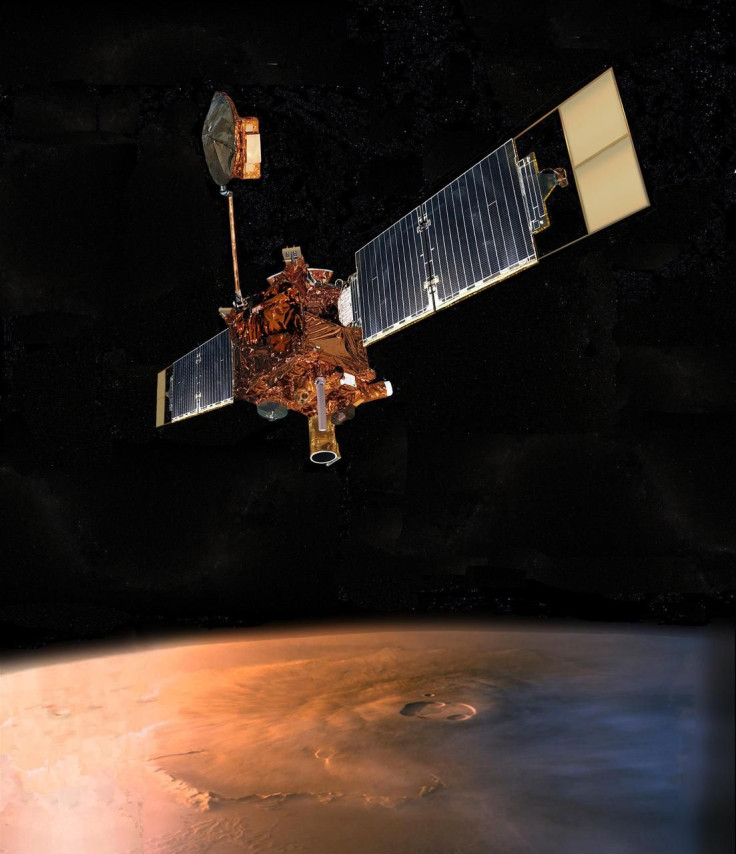NASA Admin Confirms First Human Mars Mission In 2030s

NASA administrator Jim Bridenstine confirmed that the space agency is planning to proceed with the first human mission to Mars in 2033. His comments contradict a recent Congress report stating that the NASA mission was not feasible due to the agency’s current status.
Earlier in May, NASA introduced the Artemis Program, the new human mission with the goal of returning to the lunar surface by 2024. Recently, Bridenstine noted that NASA intends to use the upcoming Moon mission in preparation for a space program that will send astronauts to Mars.
“We are working right now, in fact, to put together a comprehensive plan on how we would conduct a Mars mission using the technologies that we will be proving at the Moon,” he said according to Space News.
Bridenstine noted that the human mission to Mars could launch sometime in 2033.
The NASA official’s statement contradict the report submitted by the Science and Technology Policy Institute (STPI) that was requested by Congress for the 2017 NASA Authorization Act. According to the STPI, various issues including budget constraints and NASA’s current infrastructure hinder the agency’s plan of visiting Mars in 2033.
The report concluded that given the current circumstances, it is not realistic for NASA to plan a human mission to the Red Planet.
Despite the findings of the report, Bridenstine noted that NASA is still committed to looking at alternative options to make the Mars mission possible. The administrator strongly believes that NASA’s Artemis Program will eventually pave the way for the space agency to reach Mars.
“I think there are alternatives out there that enable [a Mars mission in 2033],” Bridenstine said. “I am not saying that’s on the agenda. What I am saying is that NASA is looking at, given the fact that we have accelerated our path to the Moon, how then does that accelerate our path to Mars?”
“We’re looking at those trades and seeing what’s achievable,” he added.
As Bridentsine and NASA explained, the proposed Mars mission will depend on the success of the Artemis Program. Aside from sending a human mission to the Moon in 2024, the program is also focused on establishing a lunar outpost by 2028.
© Copyright IBTimes 2024. All rights reserved.





















